I was wondering where the cassette tape adaptors get their energy, looking at this image
there is clearly some electronics. I can't see any dynamo however. Is the energy harvested from the audio signal?
Edit:
As it seems I was too fast in searching for an image. Here is an other one
 taken from : http://i23.photobucket.com/albums/b371/2wildthing/CassetteAdaptorInside2.jpg
which shows less of electronics. Maybe the system is all passive. I was somehow assuming that still some kind of conversion had to take place, even though the audio signal and the storage on the magnetic tape is analogue.
taken from : http://i23.photobucket.com/albums/b371/2wildthing/CassetteAdaptorInside2.jpg
which shows less of electronics. Maybe the system is all passive. I was somehow assuming that still some kind of conversion had to take place, even though the audio signal and the storage on the magnetic tape is analogue.
If you find better tags, feel free to add them.


